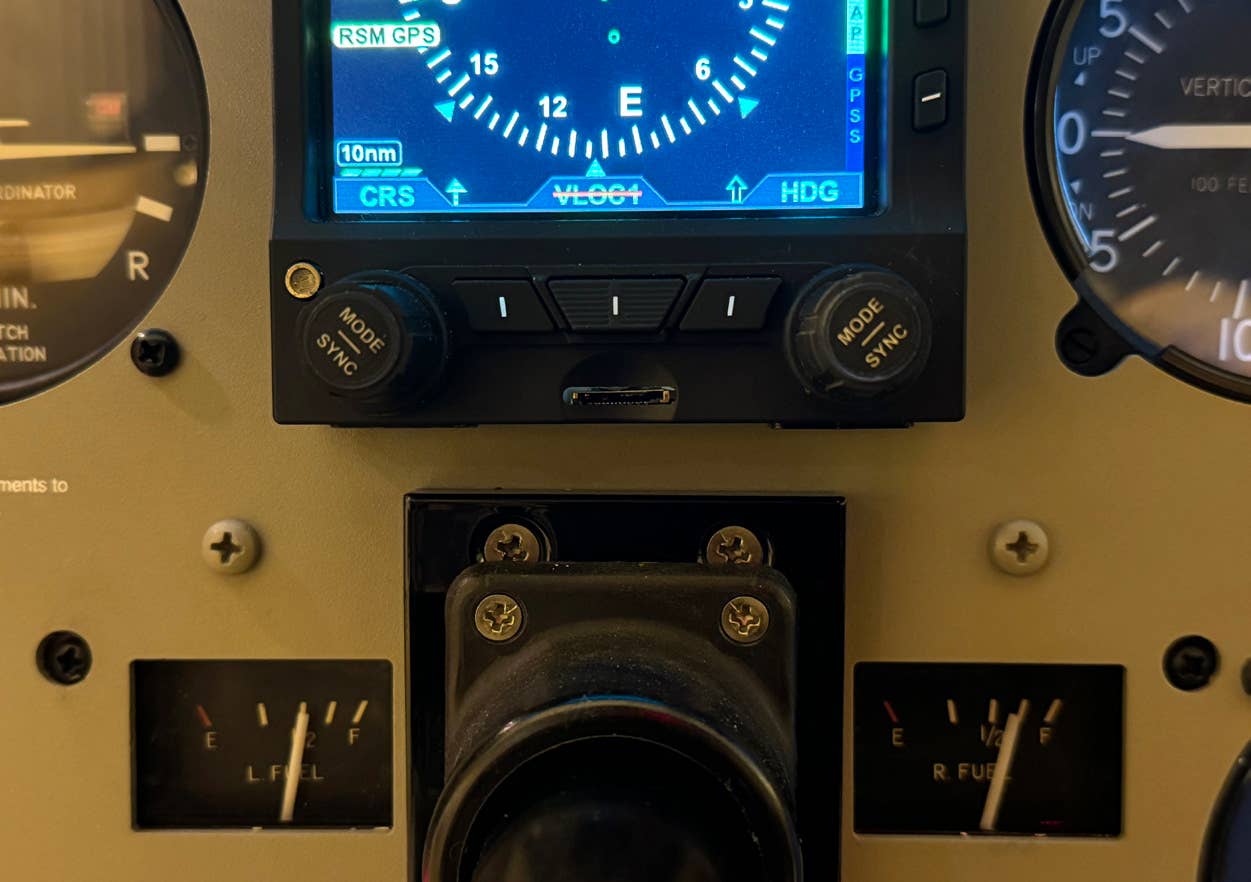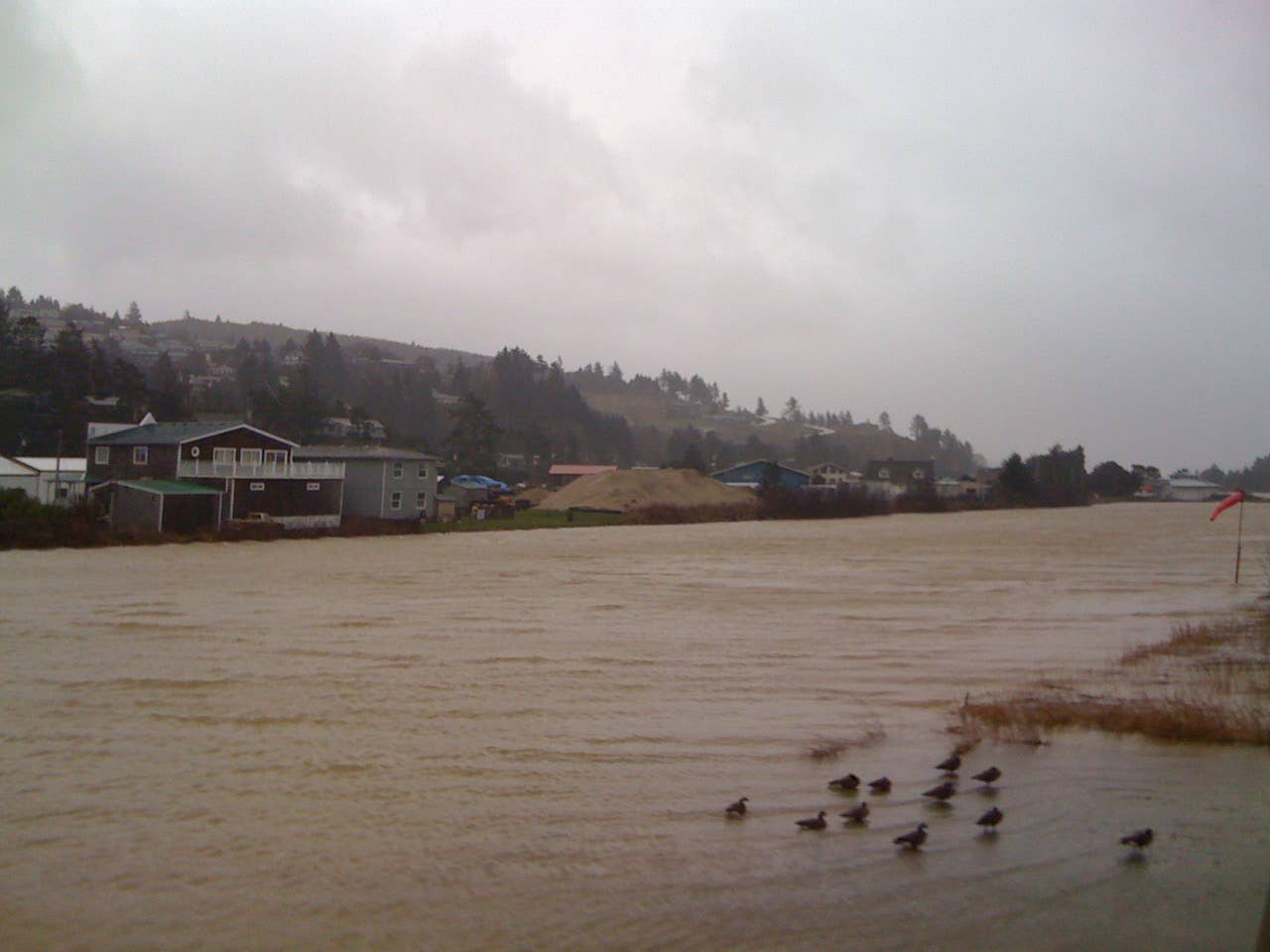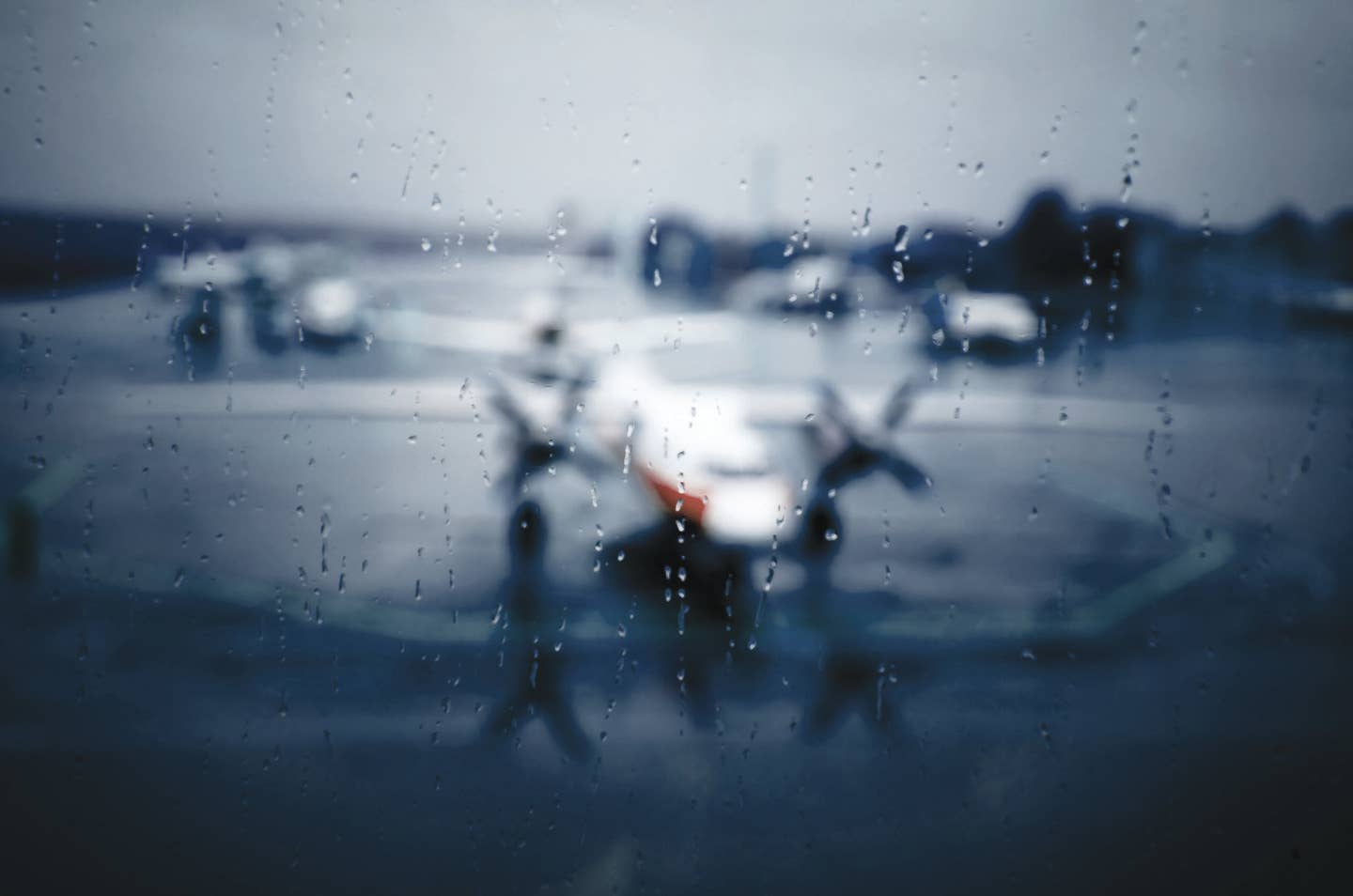
With the coming of GPS, my home base, Somerset Airport (SMQ) in New Jersey, now has three instrument approaches. Not bad for a field with one paved 2,700-foot runway and a pair of grass strips. The legacy approach is a VOR non-precision procedure using the Solberg VOR, 4.2 nautical miles away. It's a bit unusual in that it is published as a straight-in approach to one of the airport's turf runways, but everyone treats it more as a VOR-A procedure with a circle to land on the paved strip. Now that we've reached the 21st century, there are also two RNAV approaches -- one for each end of the paved Runway 12-30.
When I return from a trip, or when I just go out to exercise the airplane, I'll usually fly one of the approach procedures, even in CAVU conditions. The VOR approach is often convenient when arriving from the south or west, but the RNAV 12 Approach is the one that I try to make sure I'm well acquainted with. That's because if the weather were to ever present really low IFR, chances are that the winds will favor Runway 12. Also, the terrain rises relatively steeply not far from the arrival end of Runway 30 (for New Jersey, anyway. You pilots 'Out West' can stop laughing now.) In reality, of course, the first choice would be to divert to one of the nearby airports with an ILS and call a cab.
So I enjoy hunkering into my seat, pretending that the weather is soupy and I'm flying the RNAV 12 Approach for real. But on most VFR days, Runway 30 is the preferred direction for takeoffs, so my practice approaches usually involve breaking off early, well clear of the pattern and setting up for a downwind to Runway 30. I'm uncomfortable boring in, head-on, against the flow of takeoff traffic -- and I'm confident they feel the same way.
The other day, however, we had a benign low-pressure system that was pumping light surface winds in from the southeast -- but without the usual low visibility. It was a good VFR day and Runway 12 was active. So when I set up for the approach, I was hopeful I could bring it right to the runway this time. I listened carefully and watched the surface traffic on the taxiway. Sure enough, there was a sufficient gap in the flow of trainers that I could complete the procedure as if it were for real this time. It felt good to be able to follow the magenta line on down to minimums and see first-hand how close I'd be able to come in actual weather.
In real IFR life, I'm limited to using my Garmin GPSMap 396 as 'backup' (wink) for all my /U operations. 'My' Garmin GNS 430W is still on the shelf somewhere in Olathe, waiting for the economy to improve. ('My' autopilot, retrofit glass panel, new interior and paint job are also in economic Purgatory.) So all my RNAV approach practice is for emergency use only. And of course, I don't have the privilege of flying WAAS approaches with their ILS-like guidance. But every time I practice this, I learn something new about how the system works, and about flying my airplane -- how it feels to stabilize a descent, the effect of gear extension on glidepath, how best to correct for wind drift in close -- and probably many more elements that I'm picking up subliminally. So whether you're blessed with full "Technologically Advanced" capability, or just doing the best you can with what you've got, every arrival can and should be a fun-filled learning experience.
Call to action: If you have any tips of your own you'd like to share, or have any questions about flying technique you'd like answered, send me a note at enewsletter@flyingmag.com. We'd love to hear from you.

Sign-up for newsletters & special offers!
Get the latest FLYING stories & special offers delivered directly to your inbox






